Fever blisters, caused by herpes simplex virus, are not dangerous but they can be painful and they are certainly unsightly. There is no definitive cure for them, although sometimes antiviral medication and home remedies can speed up the healing time. Not many people know that the diet also plays a big role in curing a fever blister. Certain foods are favorable for the recovery, due to their ingredients and their action, and some are not so good, because the virus feeds on them in a way, and they should be avoided.
Curing a Fever Blister - Foods to Eat
Cold foods are recommended because they relieve the pain and itching by numbing the area affected by fever blister. They also reduce the swelling. Cold juice, milk or just plain cold water are recommended, as well as milkshake, ice cream and popsicles. However, when it comes to juices, it is best to avoid acidic juices lie lemonade and orange juice, because they may irritate the fever blister.

Fish is highly recommended because it contains an amino acid called lysine. Lysine is very important in the treatment of fever blisters as it reduces the severity of an outbreak and may even prevent future ones. Some other foods contain lysine too, for example meat and poultry, but fish is probably a better choice because it is tender and easy to chew.
During a fever blister outbreak, it is advised to increase the intake of fresh fruit and vegetables, preferably up to seven portions per day. Fruit and vegetables contain nutrients and natural ingredients that boost the immune system so it can fight the herpes virus more efficiently. They also reduce the healing time and prevent possible, although rare complications.
Curing a Fever Blister - Foods to Avoid
Foods that are very salty should be avoided during a fever blister outbreak. Salty foods, such as chips, pretzels, soy sauce and others, will most likely irritate the fever blister, making it more painful than it already is. In addition, too much salt disturbs the levels of moisture in the body, and that balance is actually important in the process of healing not only of fever blister but of other sores and wounds too.
As for the spicy foods, they should also be avoided, either because they may actually serve as triggers for an outbreak or because they irritate the sore.
While lysine is an amino acid that promotes healing of fever blisters, another amino acid, called arginine, should be avoided. This amino acid may trigger an outbreak, especially if the intake of lysine is low. Some of the foods that contain arginine are soybeans, chickpeas, cereals and chocolate.
- Some studies suggest that taking lysine on a regular basis may help prevent outbreaks of cold sores and genital herpes. Others show no improvement. Lysine has antiviral effects by blocking the activity of arginine, which promotes HSV replication. One review found that oral lysine is more effective at preventing an HSV outbreak than it is at reducing the severity and duration of an outbreak.
- One study found that taking lysine at the beginning of a herpes outbreak did not reduce symptoms. Most experts believe that lysine does not improve the healing of cold sores. But supplementation may reduce recurrences or improve symptoms.
- Good sources of lysine include foods that are rich in protein, such as: meat, specifically red meat, pork, and poultry; cheese, particularly parmesan; certain fish, such as cod and sardines; eggs; soybeans, particularly tofu, isolated soy protein, and defatted soybean flour; spirulina; fenugreek seed; brewer's yeast, beans and other legumes, and dairy products also contain lysine.
- Because of the potential for side effects and interactions with medications, you should take dietary supplements under the supervision of a knowledgeable health care provider. Lysine can increase the absorption of calcium. Use caution when taking large amounts of calcium while supplementing with lysine.
- Arginine and lysine share common pathways in the body. High levels of arginine may lower lysine levels in the body.


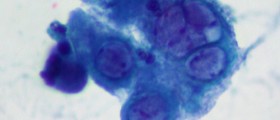
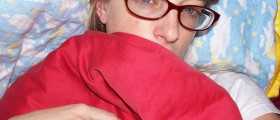
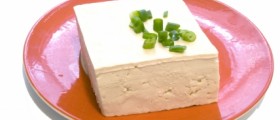
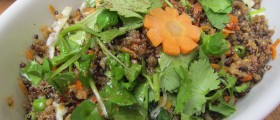
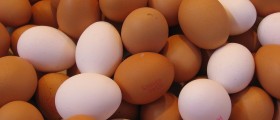
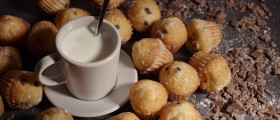
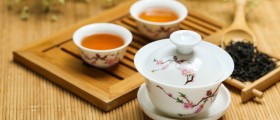
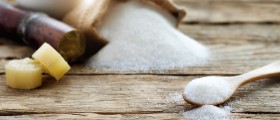


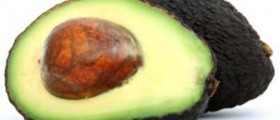

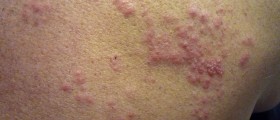
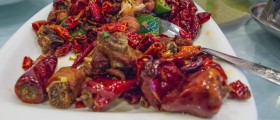
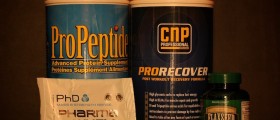
Your thoughts on this
Loading...